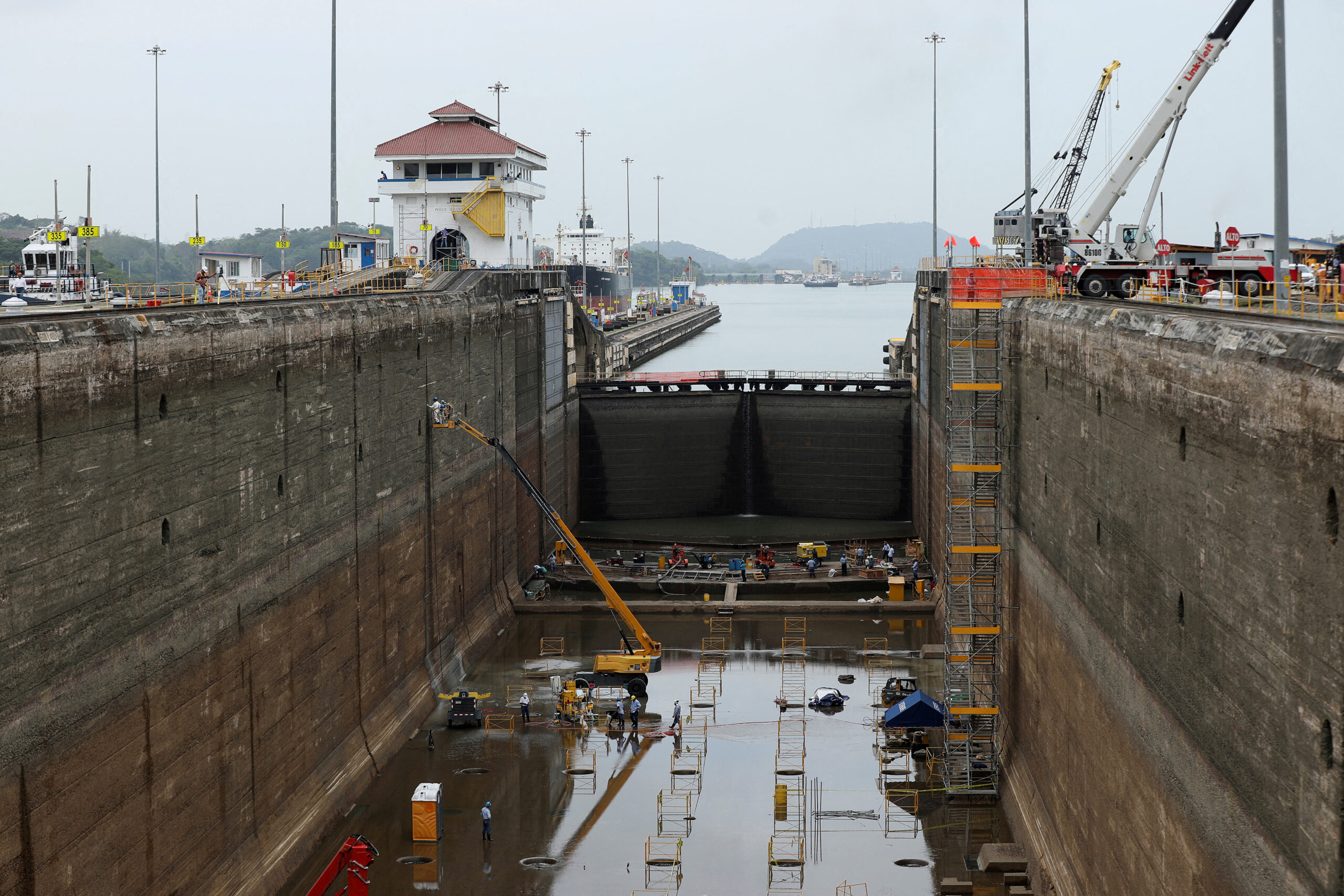
10 Jan Drought at the Panama Canal: Navigating Global Trade Challenges
In a startling development, the Panama Canal is grappling with a severe drought, presenting a myriad of challenges that resonate across the global trade landscape. The decline in water levels, attributed to a historic reduction in rainfall, has profound implications for the canal’s operations, with knock-on effects reverberating throughout supply chains.
The Panama Canal, accounting for 6% of global trade, plays a pivotal role in facilitating efficient maritime transport. The drought has prompted the Panama Canal Authority to implement stringent measures to conserve water levels and avert a crisis. These measures include a freshwater surcharge on vessels, capping the daily transit limit, and imposing draft restrictions on vessel sizes.
While these conservation efforts are crucial, they have inadvertently led to congestion, creating a bottleneck in the canal. More than 400 vessels reportedly waited in line on Jan 1, 2024, with vessels experiencing extended wait times of up to twenty days. To expedite passage, an auction system allowing shippers to bid for priority has been implemented, albeit at exorbitant fees.
Additionally, container vessels are compelled to lighten their loads due to draft restrictions, necessitating the transfer of cargo by rail. This practice introduces new risks and potential insurance claims for cargo damage during loading and unloading processes.
As delays persist and alternatives like the Suez Canal or the Cape of Good Hope are considered, the global trade community faces increased voyage times and heightened cargo claim risks. Proactive identification and mitigation of these challenges are essential to minimizing losses.
In navigating these unprecedented circumstances, industry players are advised to stay informed

